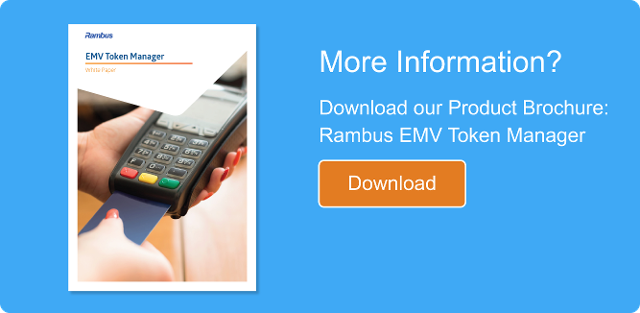As the payment systems drive EMV migration in the U.S., many commentators are observing that the current deadlines will be difficult to meet, especially for some of the big U.S. banks. So, what are the challenges faced by banks, why should they comply and what should they be doing to give themselves the best chance of meeting the deadlines?
What is the Challenge?
The liability shift dates are approaching fast. At a high level, this will start in April 2013 when the major payment brands will begin providing PCI relief for all acquirer banks that support merchant acceptance of chip transactions. Further down the line, in October 2015, we will see a liability shift for fraudulent transactions from payment systems to acquirer banks and merchants.
What does this Mean for Banks?
The current target dates set by the payment systems are aggressive considering the size of the U.S. market; the current state of issuer programs to upgrade to EMV; and the timelines required to complete and certify an EMV solution. When you also factor in other considerations such as the number of merchants trading in the country, the number of banking customers, the back-end infrastructure currently in place and the cost required to migrate, the challenge facing banks in the U.S. is significant. One of the immediate considerations they face is whether or not to implement an EMV solution in-house or use a hosted service based on factors such as short and long-term costs, time-to-market, risk, resources and IT infrastructure, for example.
Why Comply?
There are numerous benefits associated with the implementation of EMV. Primarily, the technology is more secure and offers increased protection against fraudulent transactions. Fraud tends to migrate to regions where security is not as strong and with both Canada and Latin America adopting EMV technology, this could leave the U.S. vulnerable. As a global standard, EMV also provides an interoperable framework for worldwide payment acceptance. For banks with a customer portfolio featuring frequent travelers, their customers will be able to use their cards in EMV markets such as Europe, which has nearly completed its adoption to chip and PIN.
Issuers will also benefit from additional cost savings as the payment systems will have reduced requirements for Payment Card Industry (PCI) audits, which are time consuming and costly, and will be even more so once liability shifts occur in 2015. Furthermore, as technologies such as near field communication (NFC) require an EMV infrastructure to be in place, migration to EMV also provides a framework for on-going development and deployment of value added innovative technologies such as mobile payments and loyalty programs.
What Should U.S. Banks be Doing?
The best advice for banks is to engage with the wider industry and with EMVCo’s latest figures showing that 5% of POS terminals in the U.S. already support EMV, it is important not to get left behind. Speak with consultants, integrators, service providers and vendors that have experience and can offer lessons learned from implementing EMV solutions in other regions such as Canada, Europe and Asia. There is no need to reinvent the wheel.
There are also invaluable opportunities to meet with ecosystem players and learn about EMV at various industry events or by joining relevant organizations, such as the EMV Migration Forum.
The speed at which issuers and acquirers roll out EMV cards and terminals is up to them, but they won’t get the benefits – reduced fraud, reduced PCI costs and improved consumer trust – until they do.
So, can the Banks meet the Deadline?
While the deadline is fast approaching and much work is still to be done, stakeholders that act now and get good advice will be well positioned to meet the deadlines.
Hoping that deadlines will be delayed or extended is not recommended, and could lead to rushed and inadequate strategies being implemented that have not addressed the long-term objectives of the organization.
Let us know your thoughts on the U.S. EMV deadlines. Do you think the banks will make it in time? Will the deadlines be extended?
Watch our short video on EMV migration in the U.S. or download the white paper for more information.

